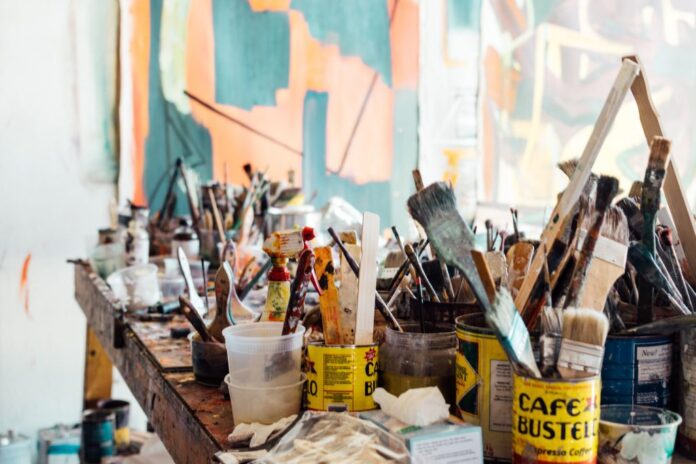The article celebrates a new master’s degree program aimed at training art teachers in traditional 19th-century “atelier” studio techniques, facilitated by a partnership between the Florence Academy of Art and the School of Atelier Arts. This program, conducted partly at St. Peter’s University in Jersey City and partly at the Florence Academy’s campus in Italy, marks a significant initiative in preserving classical realism amidst the dominance of modern art trends.
Key Points Highlighted in the Article:
- Atelier Movement and Tradition:
- Originating in the 1970s, the atelier movement champions skill-based, classical realism in art education. It stands against the abstraction and modernism that have dominated art education for decades.
- The Florence Academy of Art, renowned for its adherence to classical realism, is a leader in this movement. Its NASAD-accredited programs lend credibility to its traditional approach within the American educational landscape.
- Purpose and Structure of the Program:
- The new master’s program is tailored for art educators, particularly those teaching children up to age 16. It emphasizes observational training and classical studio techniques.
- The curriculum includes intensive studio-based sessions over three six-week summer terms, preparing teachers to implement skill-based methods effectively in their classrooms.
- Impact and Philosophy:
- Supporters argue that traditional art techniques can be taught effectively to children as young as fourth grade, demystifying art and making it accessible through structured skill development.
- Director Tom Richards stresses that formal training in classical techniques not only enhances technical skills but also fosters critical thinking and artistic development, citing examples like Matisse, Degas, Sargent, and Picasso who all benefited from such training.
- Cultural and Educational Opposition:
- The atelier movement faces opposition from proponents of modern art who argue that traditional methods are outdated. Richards counters this by highlighting the enduring value of foundational artistic training throughout history.
- Conservation and Cultural Guardianship:
- The article concludes with a call to conserve Western artistic traditions and applauds institutions like the Florence Academy of Art as guardians of classical art education.
- It encourages conservatives to support initiatives that preserve traditional arts, emphasizing the importance of actively preserving cultural heritage rather than simply reacting against modern trends.
Overall Perspective:
The article presents a positive outlook on the revival of traditional art education through the new master’s program, underscoring its relevance in contemporary educational discourse. By focusing on skill-based training and classical techniques, it aims to empower art educators and students alike, challenging the prevailing norms in art education while advocating for the enduring value of historical artistic traditions.











